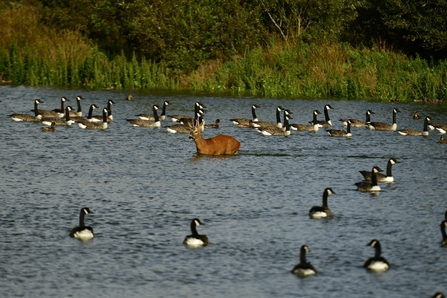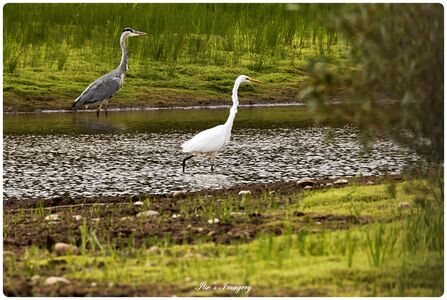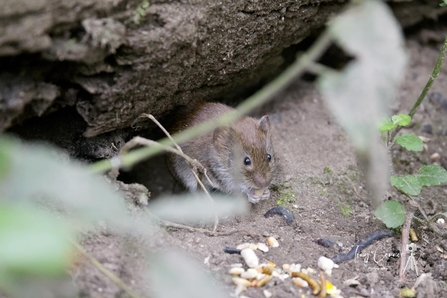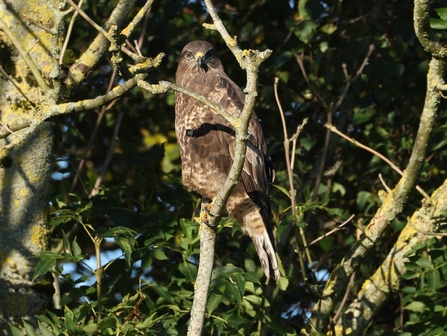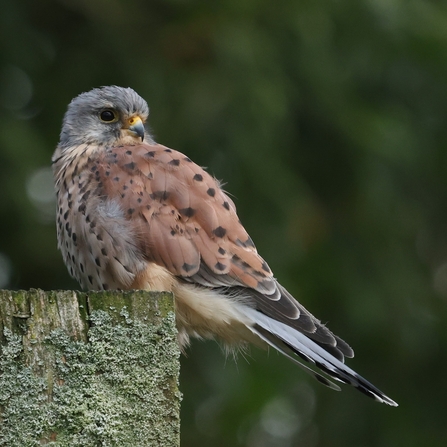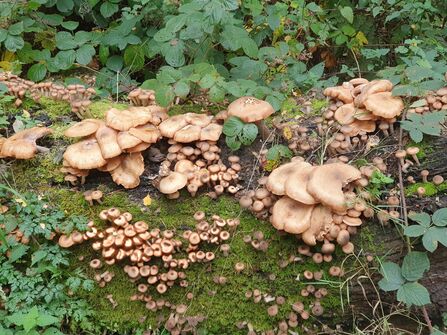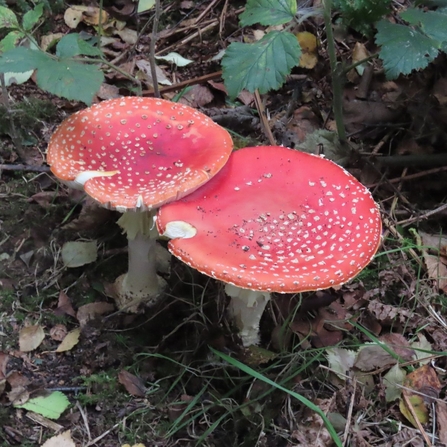
Fly agaric on Chat Moss by Kevin Bradshaw
Chat Moss
Fly Agaric
The trademark fungi of fairy tales, the fly agaric is the most unmistakable mushrooms in our green spaces. Thanks to regular wildlife walker and contributor Kevin Bradshaw for this photo of this Amanita muscaria in it's autumnal prime.
Found in woodlands, parks and heaths with scattered trees, typically growing beneath birch trees or pines and spruces. The colourful fruiting bodies can usually be seen between late summer and early winter.
Fly agarics are poisonous and should not be eaten. Reports of deaths are rare, but ingestion often causes stomach cramps and hallucinations.


